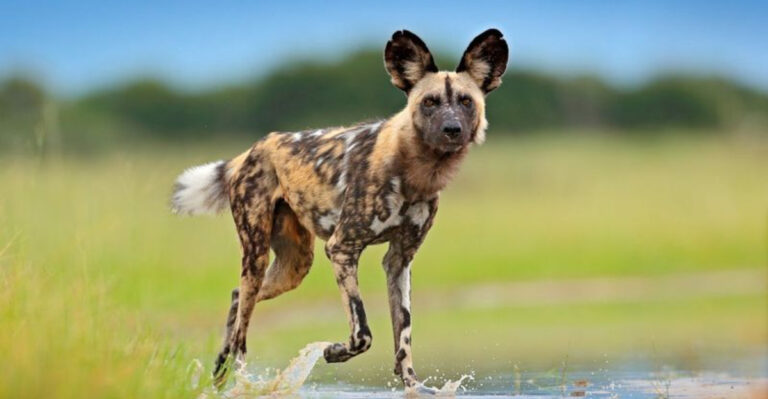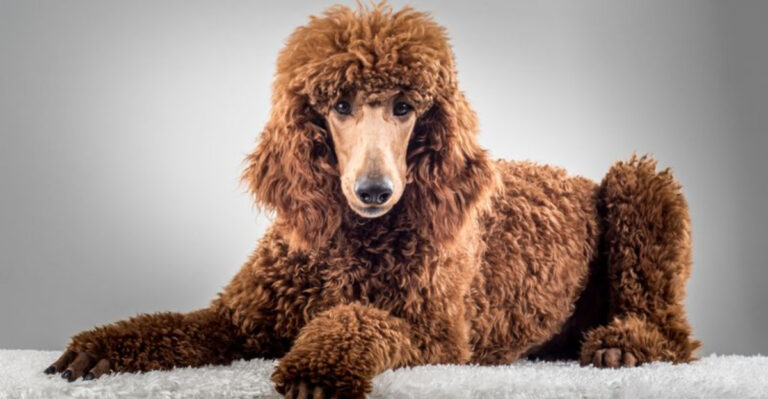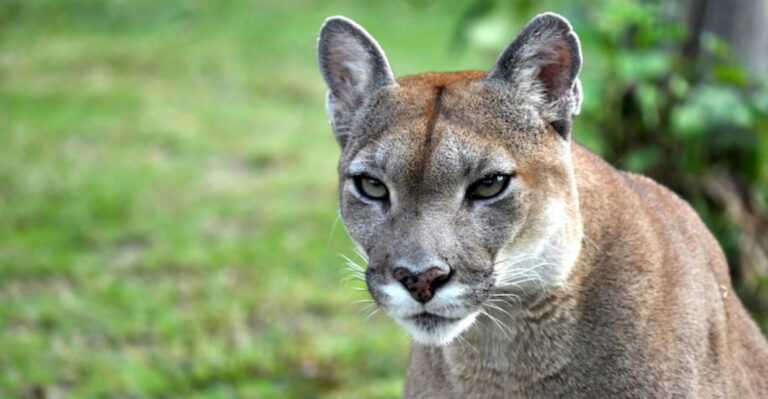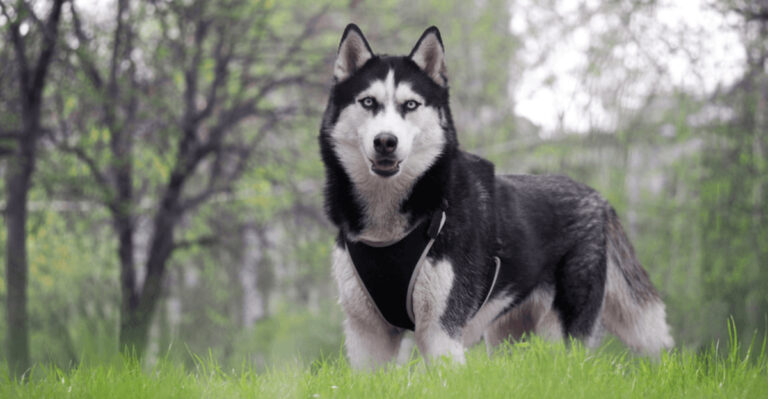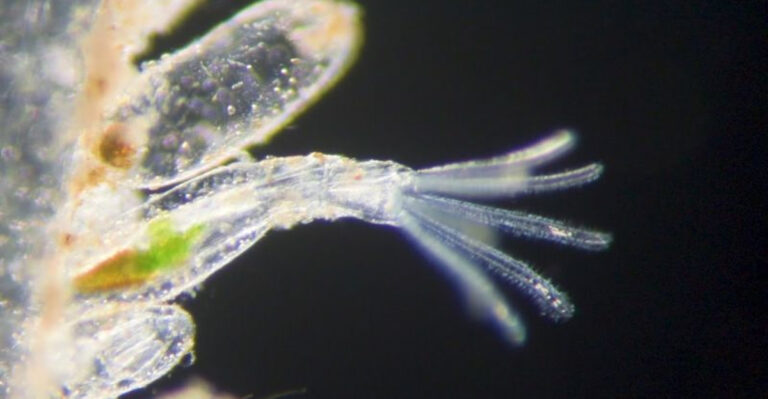14 Fascinating Facts About Orange Tabby Cats That Will Brighten Your Day
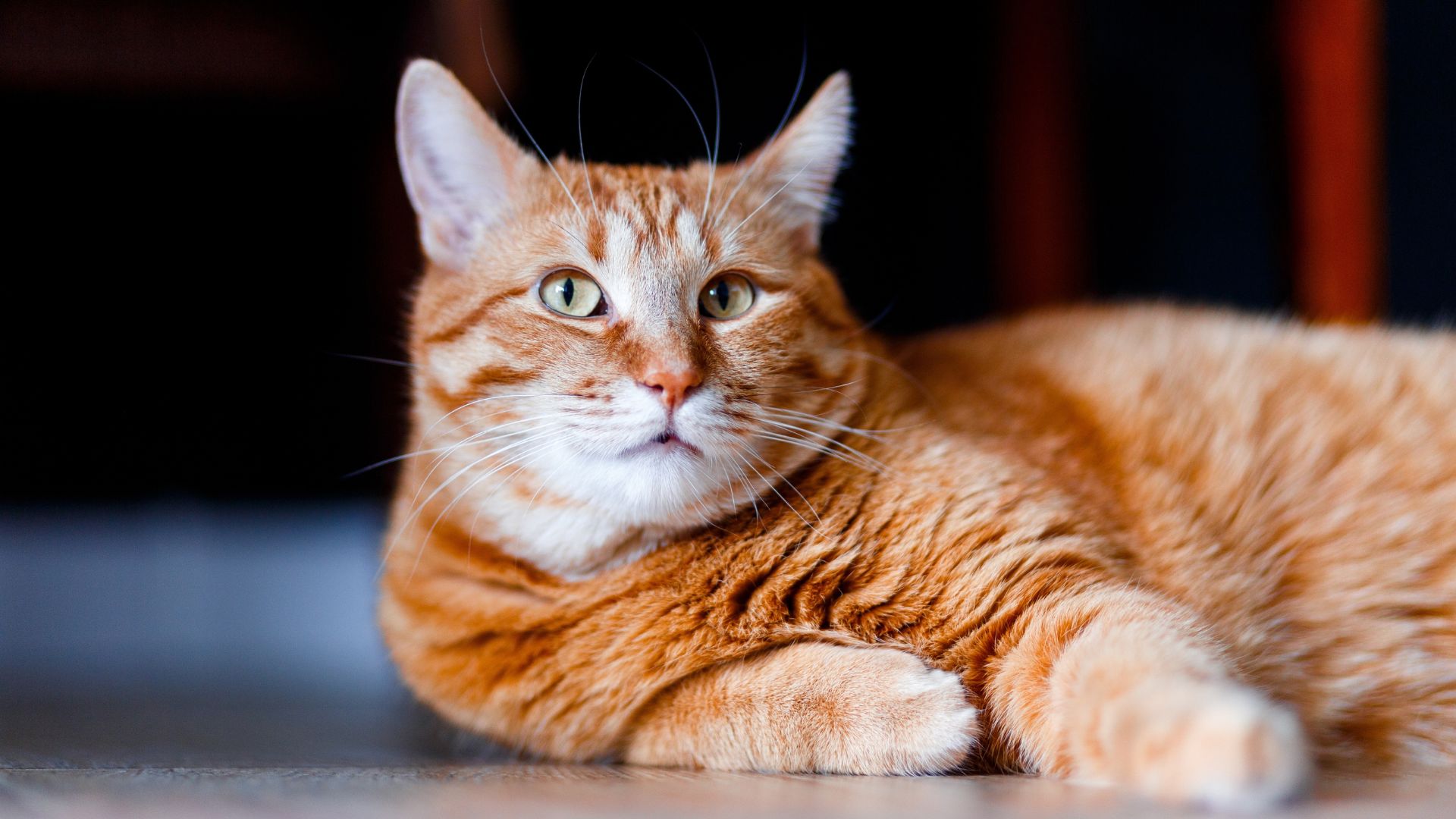
When I was a child, the moment someone mentioned a cat, the first image that popped into my mind was always that of an orange tabby. Of course, years of being obsessed with Garfield have led to my favorite cat being the orange tabby cat.
Orange tabby cats have a beautiful orange coat color and an intriguing tabby coat pattern which may be one of several possible variants (classic, mackerel, spotted, ticked, or patched).
Their eyes are either green, gold, or copper and they all have a characteristic M mark on their foreheads!
Cat lovers, if you’re interested in learning more about these ginger beauties, just continue reading!
1. Orange Tabby Cat Isn’t A Specific Breed
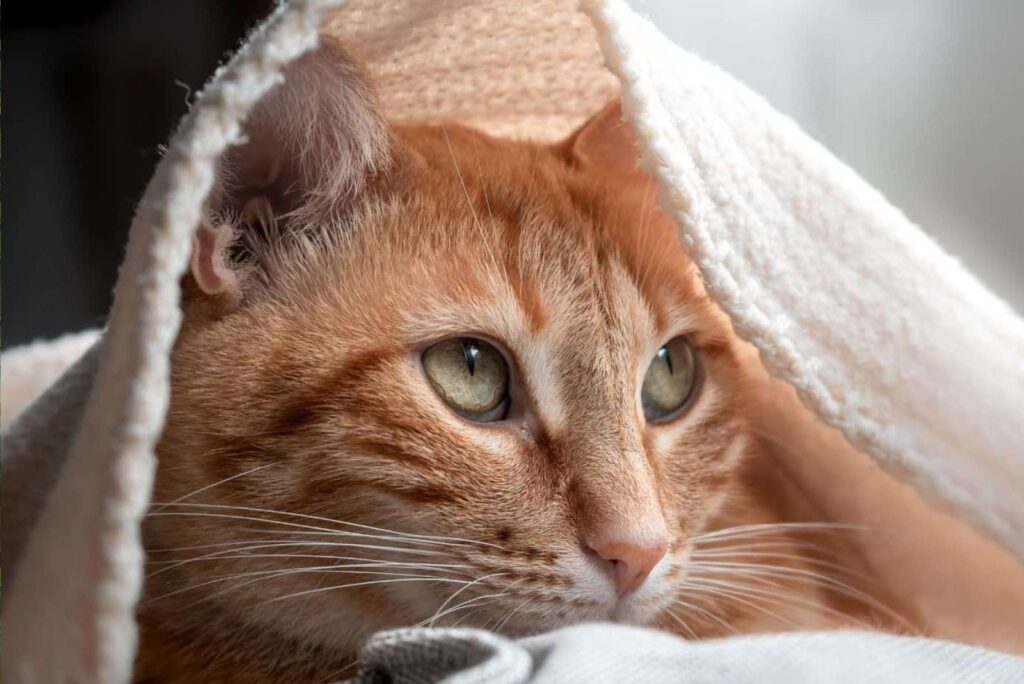
The orange tabby cat is not a specific cat breed, as we have discussed. In fact, many different cat breeds have orange tabbies among their members. For example, a Maine Coon can be an orange tabby cat, and a Persian cat can be an orange tabby cat.
Essentially, any cat can have an orange coat color and tabby coat pattern and be considered an orange tabby cat.
It’s a common misconception that the orange tabby is a distinct cat breed, probably because they are so famous, they’re like the celebrities of the cat world!
2. A Gene Called Taqpep Is Responsible For The Tabby Pattern
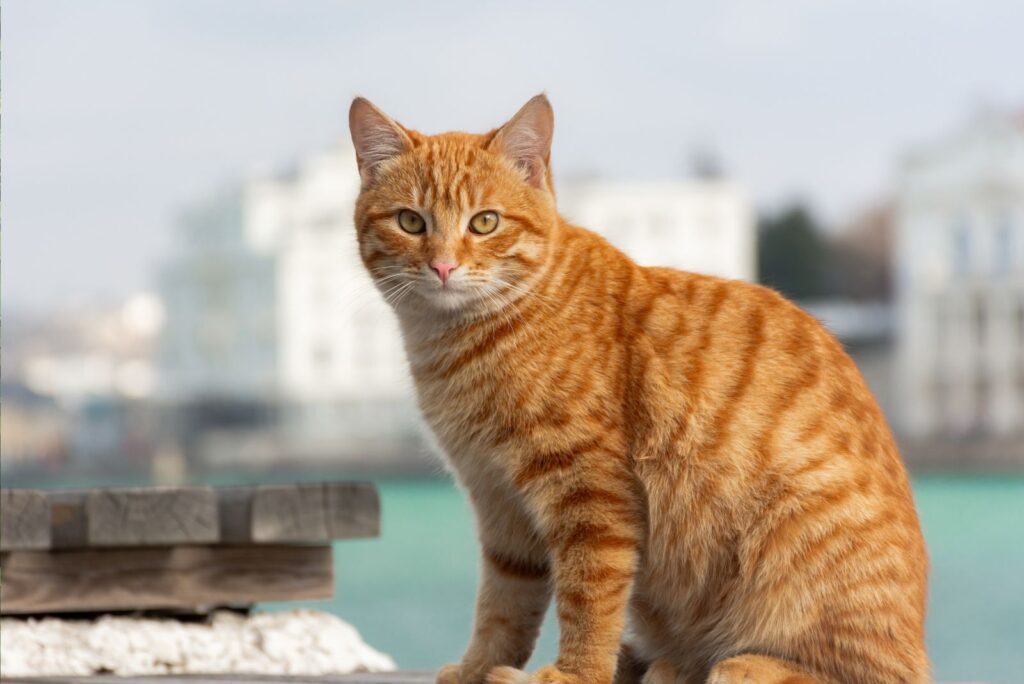
I know cat genetics can be a complicated subject, and I won’t go into too much depth on this subject, but there is one very interesting fact I will briefly mention – the gene responsible for the tabby pattern has been discovered and it has an interesting name – Taqpep!
Taqpep stands for transmembrane aminopeptidase, which is a gene that encodes an enzyme found in the membranes in all of a cat’s cells. It is known to be responsible for the tabby pattern of all domestic tabby cats.
The term “tabby” describes a cat coat pattern with dark swirls, stripes, and spots, overlaid on a lighter background of ticking fur (banded fur). Multiple-colored hairs along the hair shaft make up the banded background.
So there you go – this is the gene responsible for the tabby coat pattern!
3. Most Orange Tabby Cats Are Male
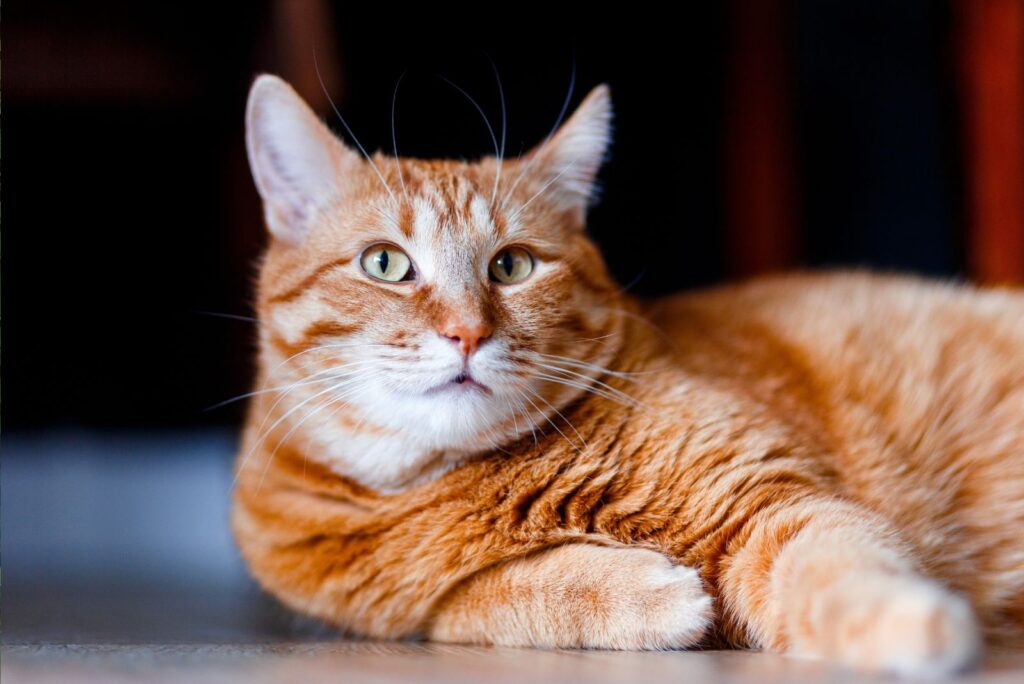
Oh no, cat genetics again! Just bear with me, once again, I will simplify it as much as I can!
The vast majority of orange tabby cats are male. But why is this the case?
Well, it has to do with the gene responsible for the orange coat color. This is commonly called the orange gene or the ginger gene and it is found on the X chromosome.
Female cats have two X chromosomes and therefore they need two ginger genes in order to be orange. On the other hand, males have just one X chromosome and therefore need only one ginger gene to be orange.
Statistically, it’s easier for male cats to get that one ginger gene than it is for female cats to get two ginger genes. This is why the majority of orange tabby cats are male.
4. They Can Have Different Coat Patterns
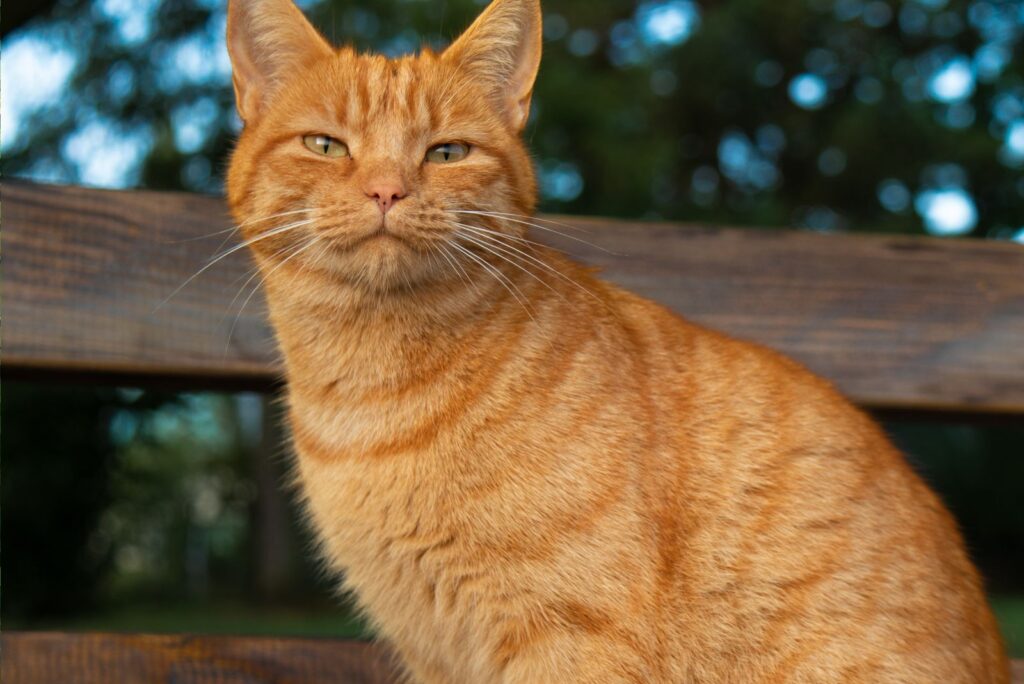
Orange tabbies can have the following coat patterns:
a) Orange Mackerel Tabby
This coat pattern is also known as the striped tabby pattern. Cats with this pattern have narrow, vertical, softly curved lines along the sides of the body.
b) Orange Classic Tabby
The classic tabby, sometimes referred to as the “blotched” or “marbled” tabby, has thick lines on its body in whorls or swirls.
c) Orange Spotted Tabby
The spotted tabby most closely resembles the mackerel tabby because the mackerel tabby pattern breaks up the stripes and gives the coat a spotty appearance.
d) Orange Ticked Tabby
This rare coat pattern lacks distinguishing spots or stripes. Ticked orange tabbies have the same agouti fur and the traditional tabby patterns on their forelegs, but any stripes or spots are quite subdued and might not be very noticeable.
e) Orange Patched Tabby
The fifth pattern is a combination of the four basic patterns mentioned above. The result is a calico or tortoiseshell cat with patches of tabby coat (such cats are sometimes called caliby and torbie).
5. Orange Tabby Cats Have Three Potential Eye Colors
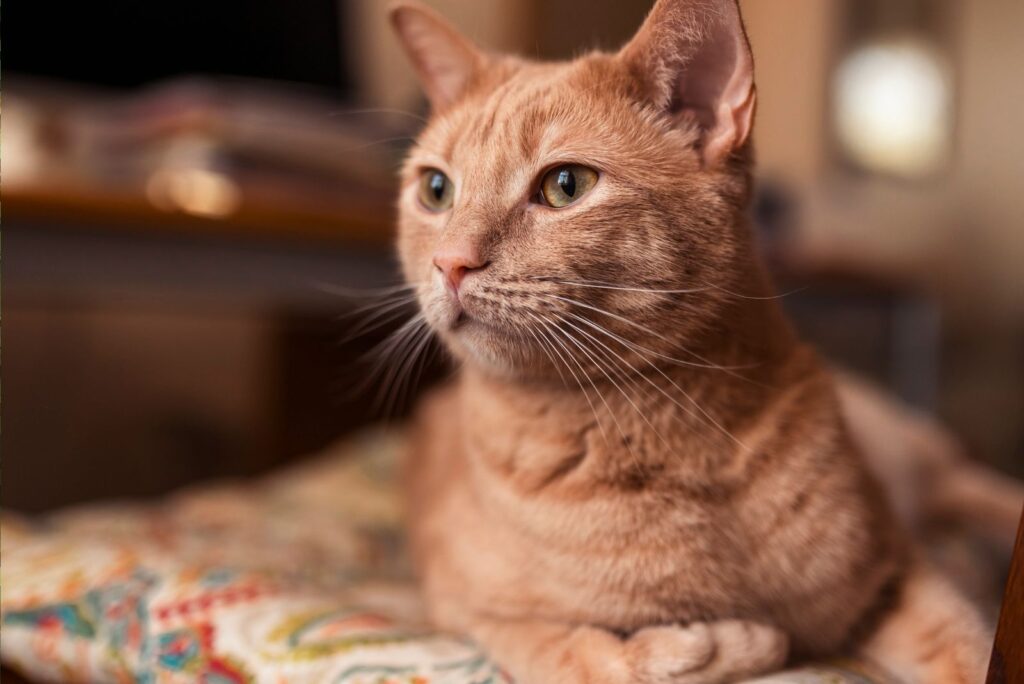
Orange tabby cats have either green, gold, or copper eyes.
Most orange tabbies have a beautiful deep gold eye color, which I find captivating. A green eye color is less common in orange tabbies.
6. Many Popular Purebred Cats Come As Orange Tabbies
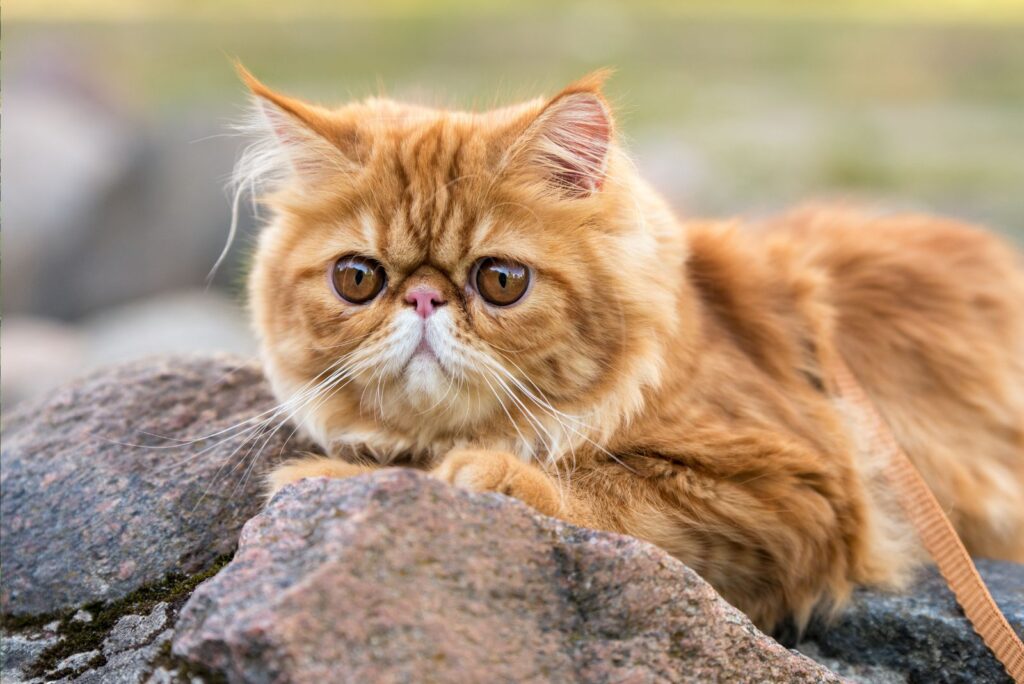
As I’ve already mentioned, orange tabbies are not a distinct breed; many cat breeds can have members that are orange tabby cats.
These include the::
• Persian cat
• American Bobtail cat
• Abyssinian cat
• Maine Coon
• Munchkin cat
• Bengal cat
• Egyptian Mau
• Siamese cat
• British Shorthair cat
7. Orange Tabby Cat Was A Town Mayor For Many Years
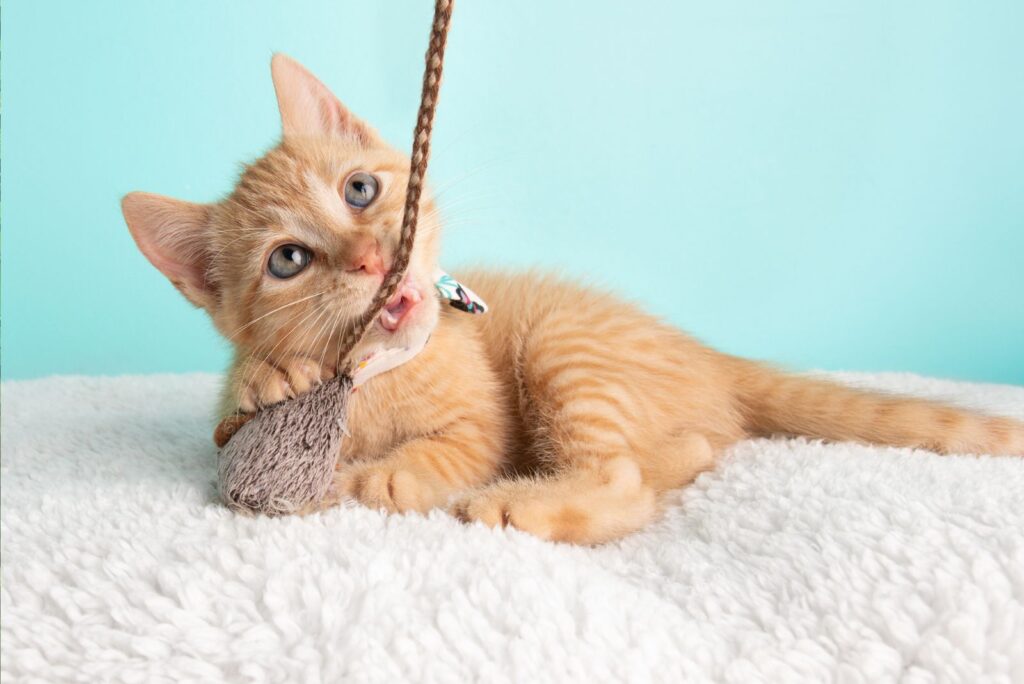
Have you heard about the orange cat who got involved in politics and was very successful at its job?
Stubbs, an orange tabby cat, served as the mayor of an Alaskan city named Talkeetna for over ten years!
Stubbs was elected for the mayor position in 1998. This feline mayor had a lot of jobs to fulfill every day, but the most important ones were to welcome tourists to the town (and he did that very nicely) and drink catnip-infused water!
In 2017, Stubbs passed away at the very advanced age of 20 years old. His job kept him active and happy until his last days!
8. There Is An Orange Tabby Cat In The Harry Potter Movies
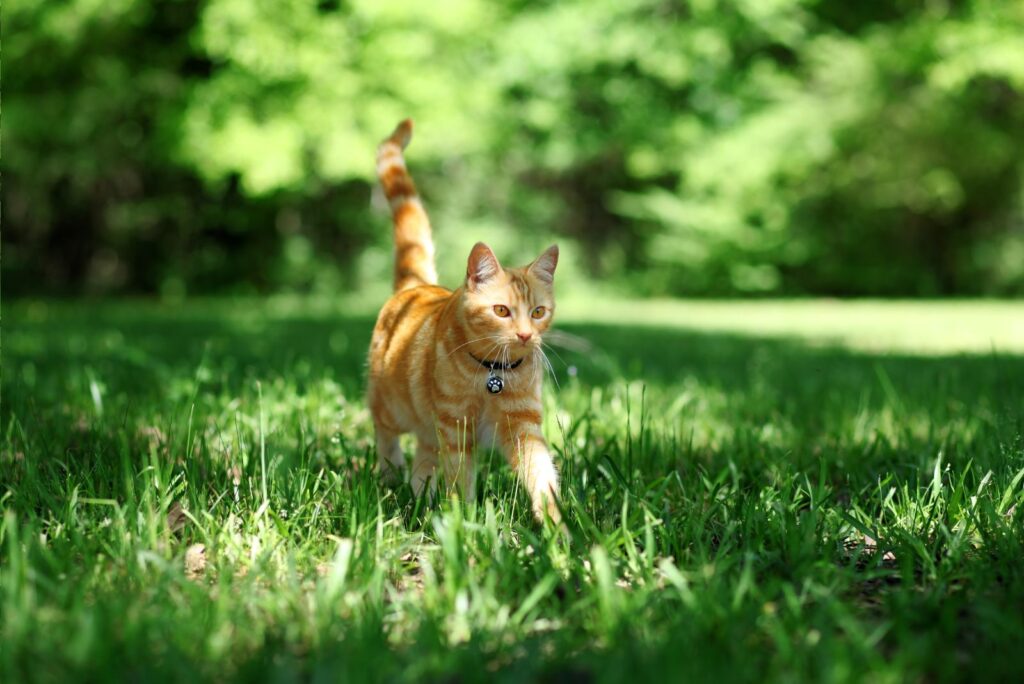
If you’re a true Potterhead, I’m sure you’ll know who Crookshanks is. Crookshanks is Hermione’s cat!
Hermione Granger, who had originally visited the magical creature shop in search of an owl, bought Crookshanks. The owner of the store told Hermione that nobody wanted that cat and that he had been in the shop for quite some time.
This cute cat appears in many scenes throughout most of the Harry Potter movies. You’ll have no trouble spotting this orange tabby cat if you watch the movies again.
9. Puss In Boots Is Orange Tabby Cat
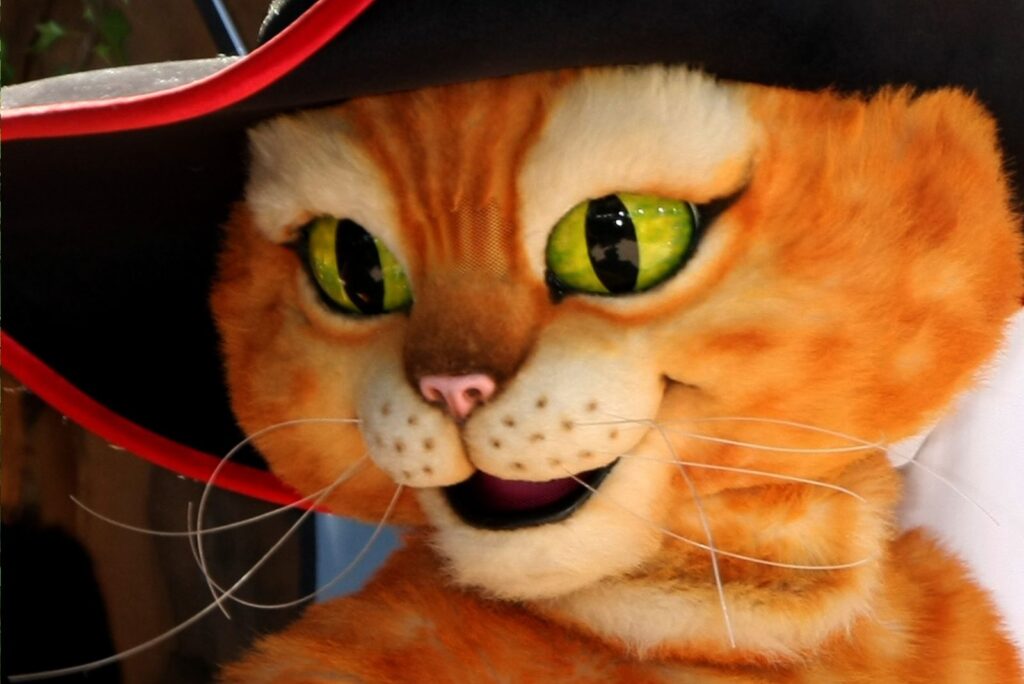
One of the key characters in the Shrek series is Puss in Boots. He debuted in Shrek 2 and quickly joined Shrek as one of his sidekicks. In the 2011 spin-off movie Puss in Boots, he plays the movie’s titular character.
Puss is definitely an orange tabby cat – just check out his vibrant coat color and pattern!
10. Even Winston Churchill Had An Orange Tabby Cat
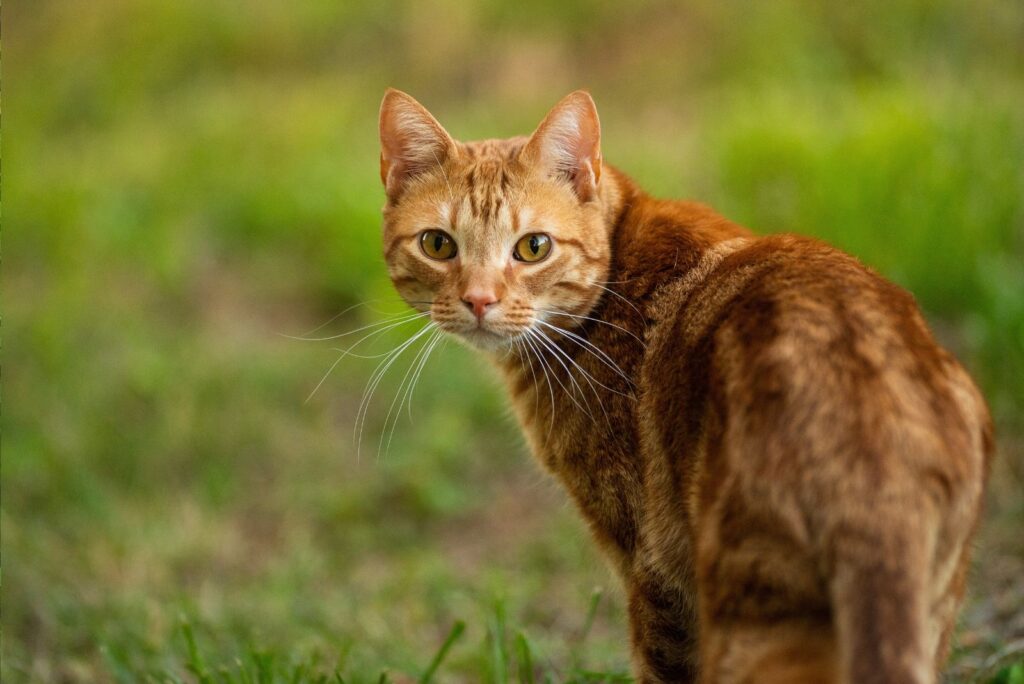
I’m certain that many fans of orange-tabby cats will already be aware of the next fact!
Winston Churchill loved cats and had several of them, including “Nelson”, “Mickey” and “Tango”.
Churchill’s personal secretary, Sir John “Jock” Colville, gave him a ginger cat, also named “Jock”, for his 88th birthday. It’s known he had a special bond with Jock the cat; he even ordered that Jock should live in his home after he died, and his wishes were carried out.
11. Orange Tabbies Don’t Share Personality Traits
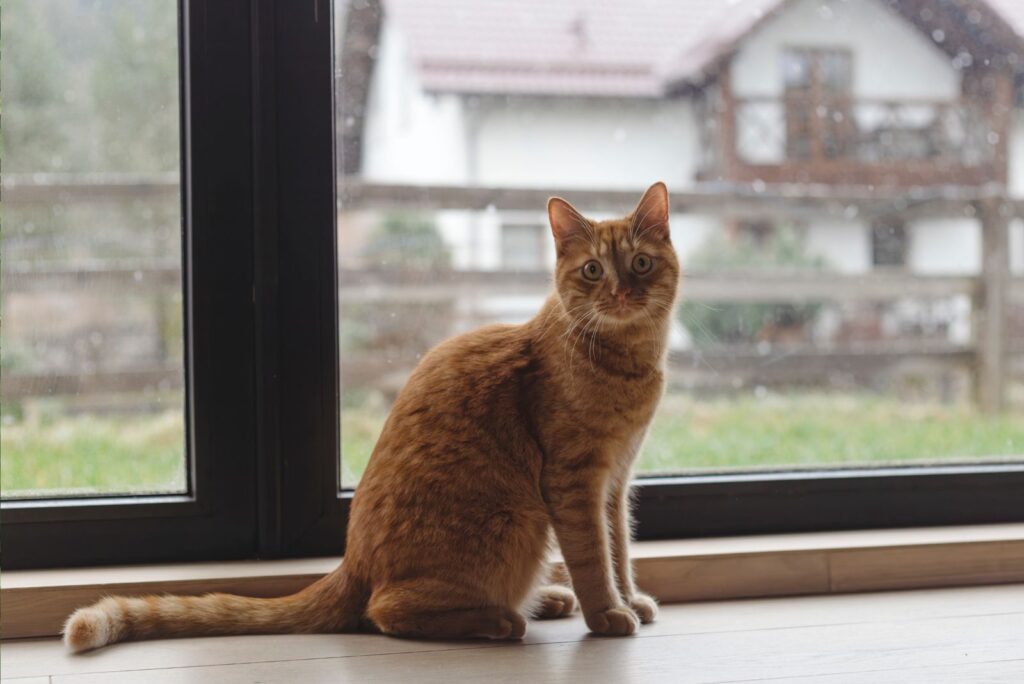
Cat behavior and personality traits are heavily influenced by the breed of the cat. For example, all Maine Coons, no matter what their color or pattern, typically share some of the same personality traits.
It cannot be said that all orange cats share the same personality traits.
Although it’s commonly said that orange tabbies like to cuddle and meow, and are amazing family pets, it really depends on the breed of the cat, not the color or pattern of their coat.
12. Orange Tabby Cats Have Many Nicknames
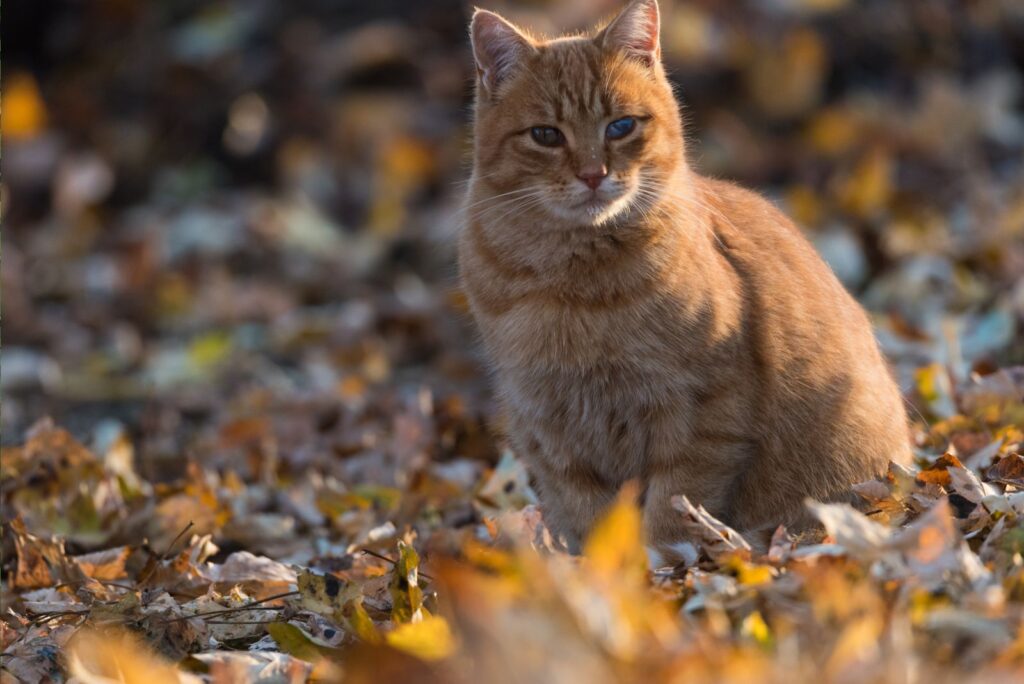
Talk about Garfield! Orange tabbies have earned themselves quite a few nicknames, probably because they are such popular cats.
In the UK, people often call them marmalade cats, due to the color resemblance of orange tabby cats with one of their favorite breakfast spreads – orange marmalade.
Another common nickname is Ginger cats, and that nickname has actually become so widespread it’s almost as if it’s their real name and not a nickname!
13. Orange Tabbies Are More Likely To Be Overweight
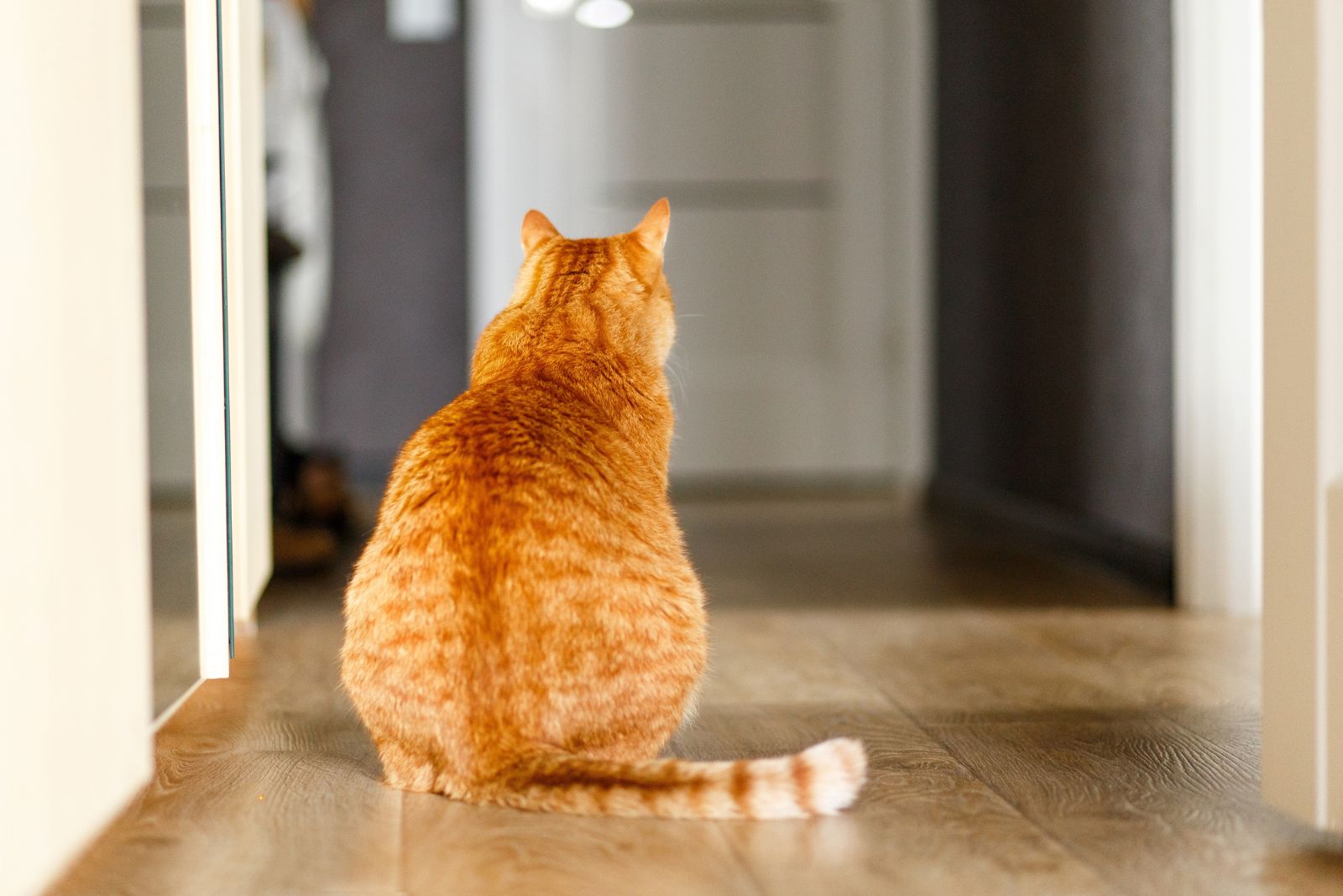
Did you know that orange tabby cats are often more prone to weight gain compared to other cats? Studies suggest this may be due to their generally laid-back and food-loving nature.
These cats tend to enjoy lounging and indulging in their favorite treats, which can lead to extra pounds if their diet and exercise aren’t carefully monitored.
While their round, fluffy appearance might make them even more adorable, it’s essential to keep them active and maintain a balanced diet to ensure they stay healthy and fit.
14. The M Mark On Their Forehead Has A Legend
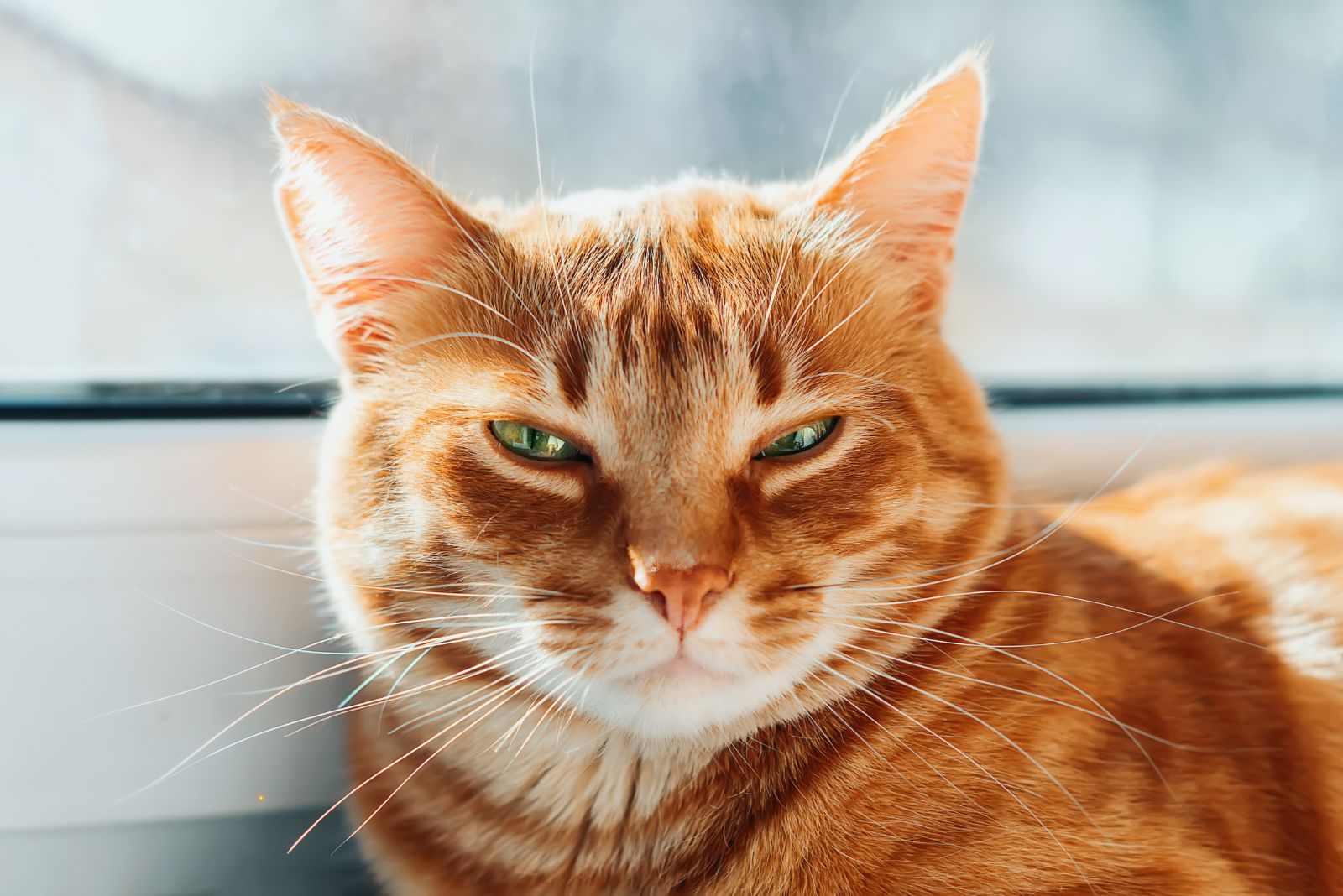
One of the most striking features of orange tabby cats is the distinctive “M” marking on their foreheads, and it comes with an interesting legend.
According to folklore, the “M” mark is said to be a blessing from the Virgin Mary, who patted the forehead of a tabby cat that comforted baby Jesus.
Another tale credits the mark to the prophet Muhammad, who reportedly loved cats, and a tabby saved him from a snake. Regardless of the legend you believe, this marking adds an air of mystique to these already fascinating felines.

